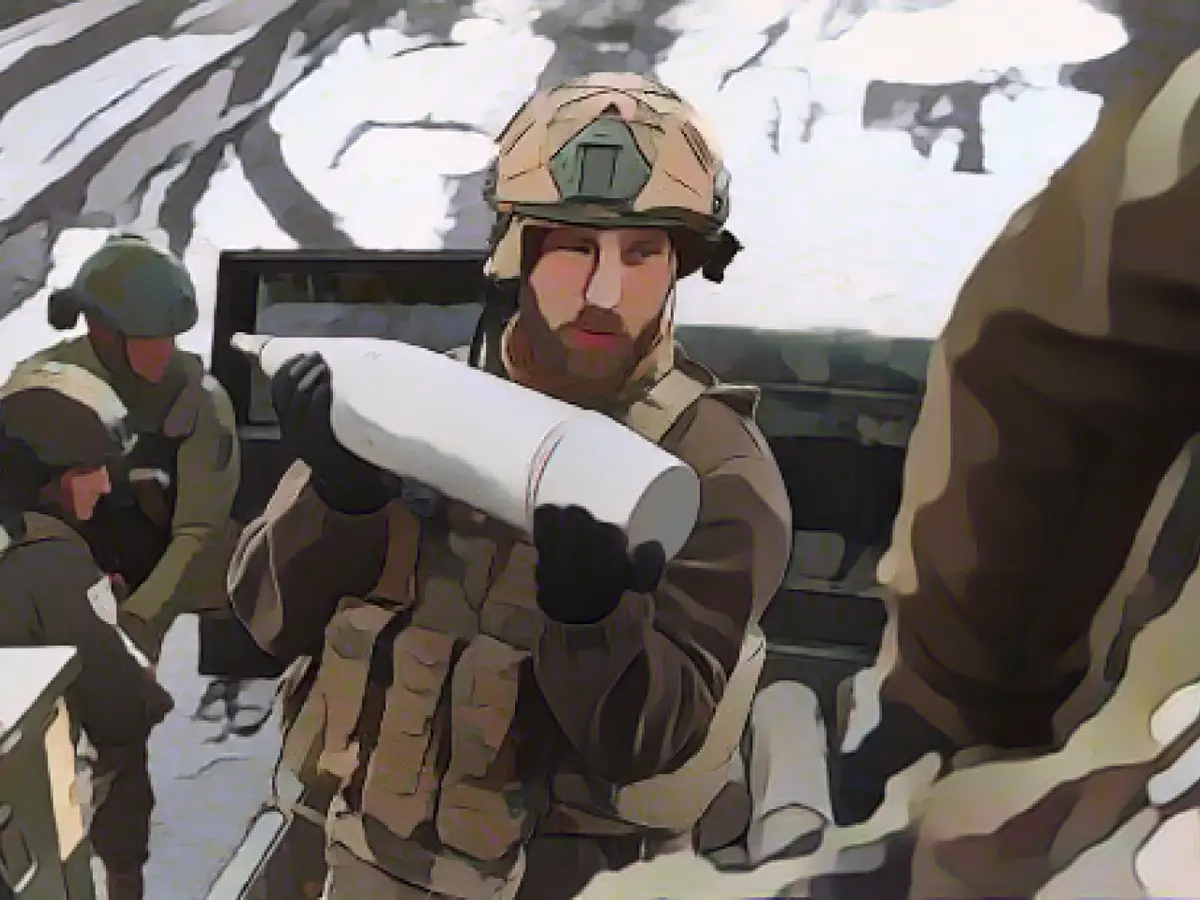Ukraine's Conflict: A Steven Seagal Stalemate or Putin's Victory?
The Gaza Strip has been stealing the headlines, but the war in Ukraine continues to rage on. In the West, optimistic forecasts about Ukraine's summer offensive have given way to a more somber tone. The chances of a major Ukrainian success this winter are slim, and instead, we hear whispers of a "draw" or "stalemate" on the front. With movements on the front, the "stalemate" label seems plausible, as neither side can gain significant ground or breach the opposing front.
However, this static situation isn't just a status quo; fierce fighting is still occurring along the 1000-kilometer-long front. Even without significant advances, it's a bloody battle of attrition, with constant consumption of material and soldiers. In fact, the battle of attrition is barely in Ukraine's favor, as Russian firepower plays a crucial role in such prolonged conflicts. But what does this mean for Ukraine?
Losing without Advancing
While Ukraine may appear to be holding its ground, the stalemate is not entirely positive. The Ukrainian troops were believed to possess strategic advantages in mobile combat compared to the Russians. Better morale, equipment, and operational doctrine placed the Kiev troops in a solid position. However, the stalemate has been advantageous to Putin due to less significance of leadership and training gaps in static combat, as well as the higher Russian firepower.
Propaganda often portrays attrition as a means of gaining ground. But that's not the purpose of the battle of attrition. It's a fight that wears down and weakens the enemy, gradually draining their resources. The battle's goal is to outlast the opponent, as they endure inevitable losses and drag themselves towards eventual collapse, even without a major retreat or setbacks.
Ukraine's Fight for Endurance
So far, the signs are not promising for Kiev's ability to hold out in the battle of attrition. Russia's people and war material supply are still robust. With around 140 million inhabitants compared to Ukraine's 44 million, Russia has a substantial advantage. If some of Ukraine's population lives under Russian control or has left the country due to the war, the disparity grows even greater.
Coupled with Russia's war material production, Ukraine has yet to demonstrate the ability to match its opponent's production. Even with West's support, it is unclear whether Western supplies will be adequate to keep pace with Russian production. When it comes to delivering the promised one million artillery shells to Kiev by the EU, falling far short may have severe consequences.
Putin's Resilience in the Face of Opposition
Russia has yet to collapse under Western sanctions as many experts predicted. In fact, Russian armaments production and repair of older military equipment have seen a significant increase. This raises concerns regarding Ukraine's ability to supply the same quantity and quality of artillery shells as Putin does.
Russia is also utilizing Ukraine's economy and infrastructure by launching drone attacks and glide bombs, causing further concerns. Even if Ukraine successfully targets Russian warehouses, refineries, and bases, this does little to restore the damage that Russia has inflicted on Ukraine.
The Cost of War on Ukraine
While Russia can increase its war efforts for several years, Ukraine's economic performance declines with each passing month of conflict. The destruction on Ukrainian soil could make it difficult for Kiev's allies to provide sustained financial or military support.
The budget for supplying Ukraine with artillery shells has increased as the price of artillery ammunition rises. If the war continues, Kiev will have to contend with ever-growing costs for weapons and ammunition. As the U.S. reduces its support, the burden falls more heavily on Europe.
The Stalemate as a Trap
If Ukraine bets on the stalemate scenario, the situation is akin to a boxing match with rounds of technical decision. Russia maintains a higher resilience than Kiev, as they can endure more rounds. For a true stalemate, Ukraine would have to survive the winter as well or as badly as Russia. However, if the Ukrainians suffer more, the stalemate means nothing more than Putin victorious by default. If Russia successfully gains ground or captures new territories, the stalemate is nothing more than an illusion.
Ukraine's military and demographic struggles beneath Russia's powerful artillery capacity present a perilous situation with little room for error. While the Russian military and economy may face their long-term challenges, the stalemate still represents a dangerous scenario for Ukraine. A true stalemate is a distant hope, and if Ukraine fails to withstand the battle of attrition, they may find themselves on the losing side of this deadly chess match.
Sources:
Enrichment Data:
- Ukraine faces constant losses in equipment, material, and personnel in the battle of attrition against Russia.
- The Ukrainian military's advantages in mobile combat have not significantly aided their efforts against Russian forces in the stalemate.
- Russia's ability to increase production of artillery shells, tanks, and military equipment has significantly bolstered their war efforts.
- The advanced Russian artillery has played a crucial role in the battle of attrition, causing significant damage to Ukrainian infrastructure and hammering away at their morale.
- The Ukrainian economy is struggling to sustain aid and support from foreign allies due to constant destruction, dwindling resources, and inadequate infrastructure.
- The increased cost of artillery shells, missiles, and other essential war materials will pose a severe challenge to Ukraine's budget and reliance on aid from Western nations.
- The stalemate scenario draws on the early stages of the Soviet-German conflict in WWI and the risks involved in allowing attrition to continue without decisive action.
It's clear that while stalemate may be an attractive illusion for Ukrainian supporters, Ukraine must tread with caution and rely on their allies to provide crucial support to avoid succumbing to the attrition effects of the war.








